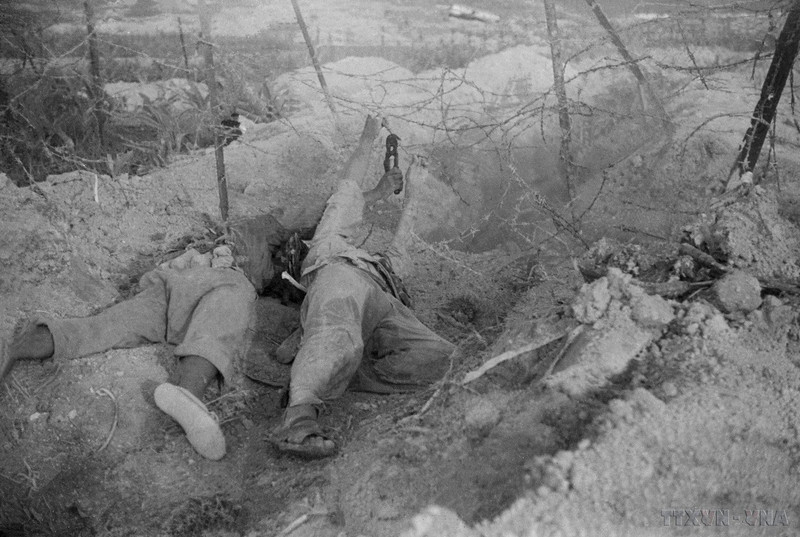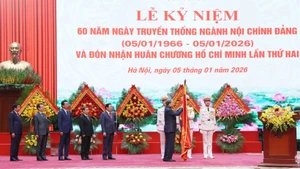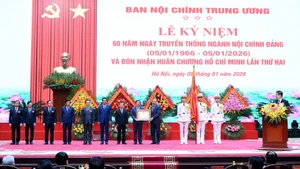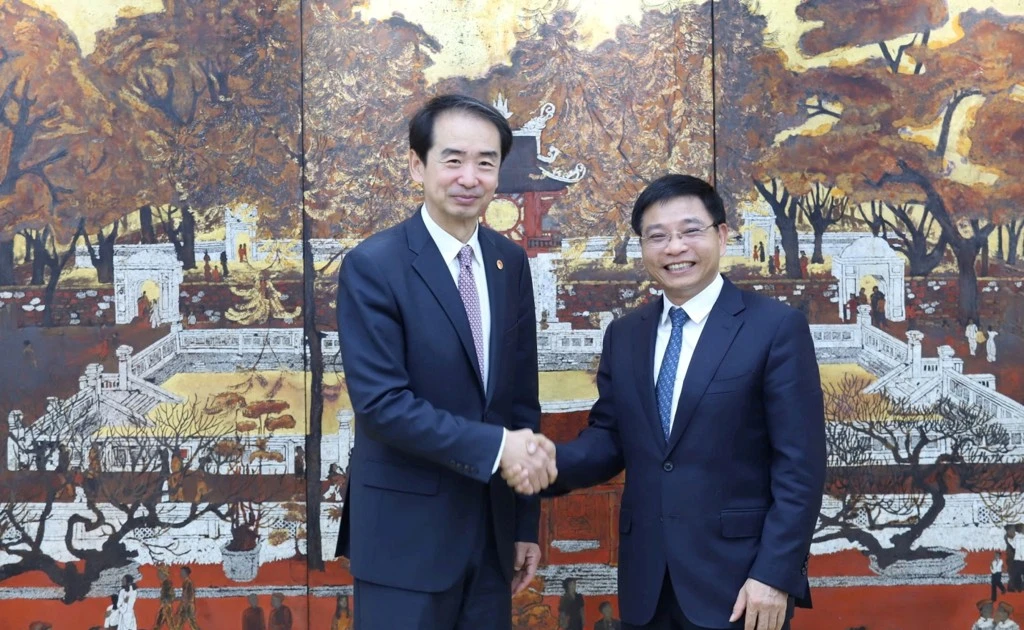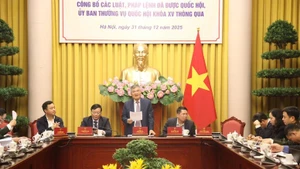On April 17, 1954, the General Military Commission directed the 312th and 308th Divisions to urgently prepare for their attack on fortresses 105 and 206 on the night of April 18, 1954. At the same time, the General Military Commission decided to use the 88th Regiment instead of the 165th Regiment to destroy position 108, the 36th Regiment to attack Fortress 206 and block the western reinforcements, and the 312th Regiment to block the eastern reinforcements, creating conditions to control the enemy's airspace and tighten the siege of Muong Thanh Airport. On the same day, the General Military Commission sent a letter to comrades in Command of the 308th and 312th Divisions, requiring them to thoroughly explain to officers and soldiers to understand that the task of destroying Fortress 105 was extremely important and this change aimed to thoroughly complete the task of destroying Fortress 105.
In the west, the 36th Regiment built a siege to attack Fortress 206 (Huguette 1). Meanwhile, the 88th Regiment dug trenches across Muong Thanh Airport and established contact with the 141st Regiment, entering the airport from the east. By the night of April 17, 1954, three trenches of the 36th Regiment surrounded Fortress 206, the 88th Regiment brought its trenches close to Muong Thanh Airport, and Vietnamese troops’ trenches slipped inside the fences surrounding Fortress 105. The digging of siege positions created conditions for soldiers to invade and destroy the enemy’s fortresses.
The enemy had to mobilise two battalions and fight with Vietnamese troops for several hours to open a supply route to bring six boxes of ammunition and several barrels of water to Huguette 6. Faced with that situation, General Langlais met with Commander de Castries to report the tragic situation at Huguette 6. After hearing the report, de Castries expressed his fatigue due to the constant fighting, the wastage of his soldiers, and the exhaustion of their powers. At the same time, he ordered the opening of a safe corridor for soldiers at Huguette 6 to withdraw to the central area.
